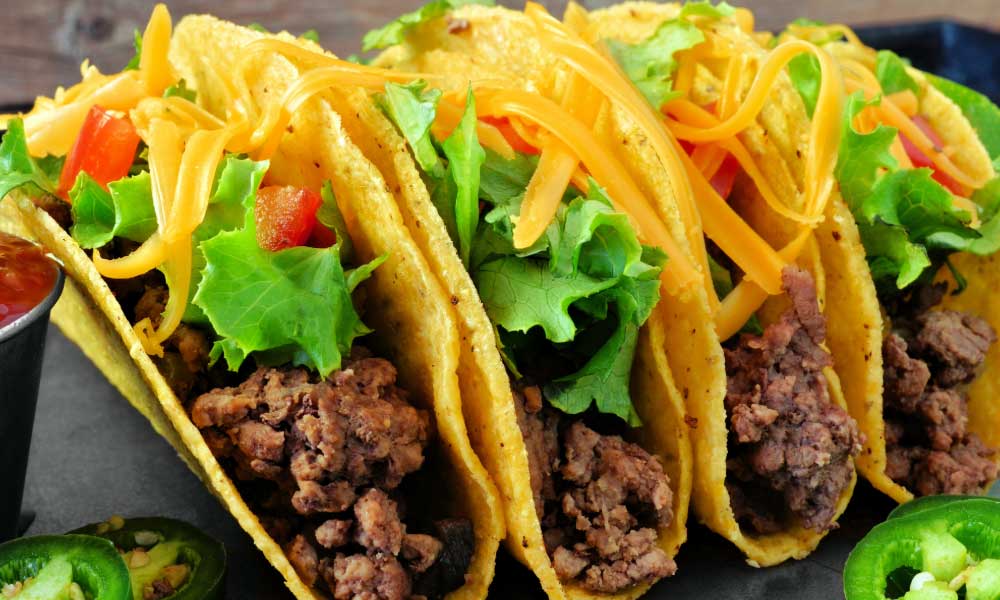
Kohlrabi Description & Health Benefits
- Kohlrabi is a member of the Brassicaceae/Cruciferous botanical family. Other members of this family include turnips, rutabagas, broccoli, bok choy, and kale among many others.
- Kohlrabi is an excellent source of vitamin C and a good source of fiber, vitamin B6 and potassium.
- Vitamin C plays an essential role in repairing wounds and forming scar tissue, as well as maintaining bones, teeth, and cartilage. Vitamin C rich foods also support absorption of iron.
- Fiber is beneficial for our digestive system as it helps to prevent constipation and may encourage a healthy weight as it makes you feel fuller faster; potentially reducing the amount of calories you eat.
- Vitamin B6 is crucial for brain development during pregnancy and infancy while also playing a significant role in immune function.
- Potassium allows our nerves and muscles to communicate, regulates fluid and mineral balance in the body and helps to maintain a normal blood pressure.
- Kohlrabi also contains multiple antioxidants which have shown protective properties to reduce your risk of cancer and cardiovascular disease.
Purchasing, Selecting, Storing, and Preparing
- Purchase kohlrabi year round in grocery stores, or purchase fresh and local in the late spring through early fall from a farmers market. Be on the lookout for assorted varieties including green or purple bulbs, both with a white flesh.
- Select kohlrabi that is small to medium in size with a smooth outer skin and vibrant dark green leaves.
- Avoid kohlrabi with wilted or yellowing leaves, and those with cracks or bruises. Also avoid overly large kohlrabi bulbs as they tend to be woodier in texture and not as sweet and tender as the small to medium bulbs.
- Store your kohlrabi in a plastic bag in the crisper drawer of the refrigerator for 2 to 4 weeks. Remove the leaves prior to storage. Leaves are edible and can be used similarly to other dark leafy greens. Store leaves separately up to 3-4 days prior to use.
- Prepare kohlrabi by washing the outer bulb to remove any dirt. Cut off the base and trim the leaves if you haven’t already. Cut or peel the outer skin using a knife prior to eating. Eat raw, roasted, boiled, baked, steamed, or grilled.
Nutrition Facts
(1 cup raw kohlrabi)
Calories: 36 | Protein: 2.29 g | Fat: 0.14 g | Carbohydrate: 8.37 g | Fiber: 4.9 g | Calcium: 32 mg | Magnesium: 26 mg | Potassium: 472 mg | Vitamin C: 83.7 mg | Folate: 22 μg | Vitamin A: 49 IU
(1 cup cooked, boiled kohlrabi)
Calories: 48 | Protein: 2.96 g | Fat: 0.18 g | Carbohydrate: 11.04 g | Fiber: 1.8 g | Calcium: 41 mg | Magnesium: 31 mg | Potassium: 561 mg | Vitamin C: 89.1 mg | Folate: 20 μg | Vitamin A: 58 IU
ndb.nal.usda.gov
 Recipes
Recipes
Request an Appointment
